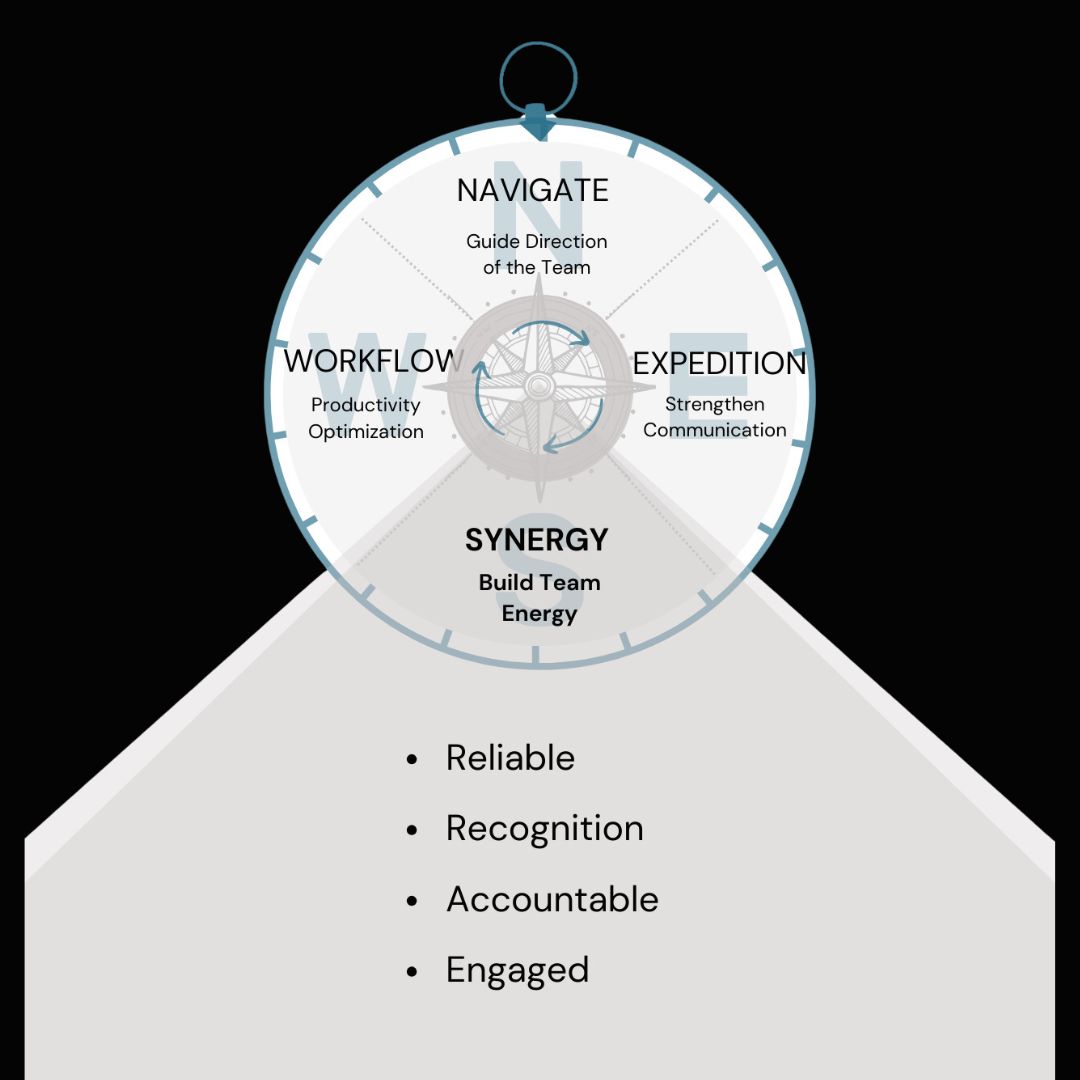The Accountability Gap
Feb 24, 2025Accountability is the backbone of a high-performing business. Yet, in many small businesses, things slip through the cracks. Deadlines get missed, responsibilities become unclear, and leaders find themselves micromanaging—or worse, constantly putting out fires.
When there’s a lack of accountability, you don’t just lose productivity. You lose trust, momentum, and engagement. And the kicker? It’s rarely an employee problem—it’s a system problem.
Why Does Accountability Break Down?
If your organization is struggling with follow-through, it’s likely because of one (or more) of these reasons:
- Unclear Expectations – If people aren’t sure what they’re responsible for, they won’t take ownership.
- Lack of Visibility – Without a system to track commitments, things get forgotten or deprioritized.
- Fear of Blame – If mistakes are punished instead of used for learning, employees may avoid taking responsibility.
- No Follow-Up – If accountability isn’t reinforced, tasks fade into the background.
How to Build an Accountability-Driven Culture
Fixing accountability isn’t about cracking down on employees—it’s about creating a structure where ownership is clear and follow-through is expected.
- Set Clear Expectations – Define roles, responsibilities, and success metrics upfront.
- Use Accountability as a Growth Tool – Shift from blame to problem-solving by asking: “What’s getting in the way?”
- Create a System for Follow-Up – Use check-ins, workforce system & management tools, or dashboards to keep visibility high.
- Lead by Example – When leaders own their commitments and admit mistakes, accountability becomes part of the culture.
If you’re tired of chasing down tasks and putting out fires, it’s time to fix the accountability gap. Check out workforce tools on YouTube for more strategies: Workforce Energy Management Videos
Ready to lead the change? Let's connect to build your program: Schedule Here

